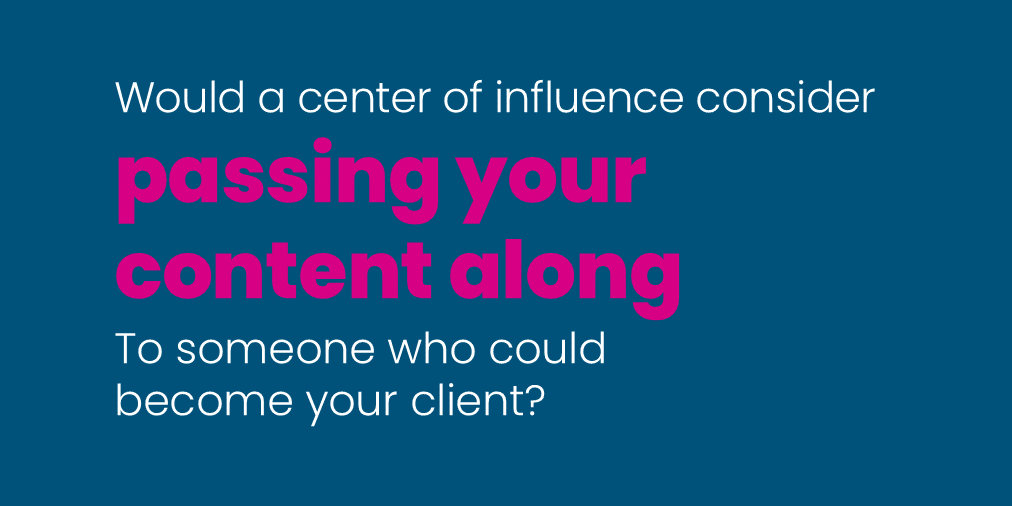
Three ways not to sound salesy in educational content
Educational content should build trust with your audience—which in most cases is your clients and prospects. Clients want to hear from you, and interested prospects want to understand you … often before a first meeting.
To build trust, you have to avoid sounding salesy. With blog posts, there’s an implicit contract between you and your readers that you won’t try to sell hard. If you break that contract and veer into overt self-promotion, you end up compromising your content’s ability to fulfill its mission.
All that said, with some deftness, you can—and often should—support your value proposition within your educational content. Here are three suggestions for how to do so without striking a salesy tone.
1. Speak to your process, not your capabilities. The great thing about process is that talking about it is educational in and of itself. If you are educating a reader about a complex topic, you may be able to use your own process to explain it. For example, say you’re writing about valuing illiquid securities. Don’t announce your capabilities—they are assumed; you are, after all, writing the article. But do look for opportunities along these lines: “For example, in our work with clients, we would approach the valuation of the security by….”
2. Speak to news, industry trends and data. Find ways to put your article in a broader context beyond how you help clients. Let proprietary or third-party data, if available, speak to the importance of your topic. That lets you avoid banging the drum in what might be a purely self-serving way. Discuss industry trends and current news to demonstrate your topic’s relevance, further supporting an educational tone.
3. Structure with care. The end of your article is usually an easy place to weave in a few comments that more directly speak to how your work ties in with the topic you’re writing about. You may be able to frame those comments in terms of “what’s next”—as in, you’ve set up a problem many readers face, and now here are some options for how to solve it. Other structuring ideas:
- Find ways to empathize with your readers early on. Lay out a common problem, construct a hypothetical story, tell an anecdote or otherwise make clear why you’re writing on this topic at this time. In these ways, ally yourself with your reader.
- Walk your reader through your article with sub-headings. Be friendly to skimmers. Look for ways to frame your sections—and therefore subheadings—from the reader’s perspective.
- Consider applying a formal structure that makes and delivers on a promise. For example: this blog post. Sure, its “three ways” structure is common. But if the reader knows what to expect and then receives what’s expected, you’ve put the reader at ease. And when the reader is at ease, you can more easily wrap in a few key sales messages.
High-quality educational content is good for clients. It can solve problems. It can raise the level of interaction among well-meaning and interested people. For any of that to happen—for clients to take the time to read it and for a firm to incur the time and expense to create it—content must both deliver and create value.
Within that context, you can still find subtle ways to help your readers recognize your role as an expert and show them how your products can serve them.
P.S. See how I ended this post with a few lines pointed toward Lowe Group’s content services?
Subscribe.
Receive the latest news and insights from Lowe Group.